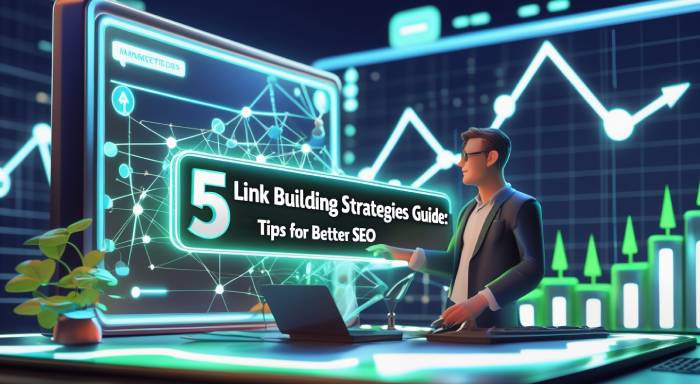
What is link building?
Link building is the process of acquiring hyperlinks from other websites to your own. These links, also known as backlinks, act as a vote of confidence for your site, signaling to search engines that your content is valuable and trustworthy. Effective link building is a key component of search engine optimization (SEO) and can significantly improve your website’s visibility and ranking.
Why Are Links Important for Websites?
Links are an essential factor in how search engines evaluate and rank websites. High-quality backlinks from authoritative sites indicate credibility, helping your site rank higher in search results. Additionally, backlinks drive referral traffic, expand your audience, and establish your brand as an industry leader. Without a strong backlink profile, it becomes challenging to compete in today’s competitive digital landscape.
4 Ways to Secure Links for Your Website
Building a strong backlink profile requires a mix of creativity and strategy. Here are four proven methods to acquire high-quality links:
1. Guest Posting
Guest posting involves creating content for other websites in your industry in exchange for a backlink to your site. This method not only builds links but also enhances your visibility and authority within your niche.
How to Get Started:
- Identify reputable websites that accept guest posts by searching for phrases like “technology write for us” or “submit a guest post.”
- Pitch relevant and unique topics to these sites.
- Include a backlink to your website in the author bio or within the article, depending on the site’s guidelines.
2. Link Inserts
Link inserts involve adding your website’s link to existing content on other sites. This strategy works well when your content complements or enhances the existing article.
Steps to Implement:
- Use tools like Ahrefs or BuzzSumo to find content relevant to your niche.
- Reach out to the website owner or editor, suggesting your content as a valuable addition.
- Provide a clear explanation of how your link adds value to their article.
3. Unlinked Brand Mentions
Unlinked brand mentions occur when your brand is mentioned on other websites without a hyperlink. By turning these mentions into backlinks, you can strengthen your link profile without creating new content.
How to Approach This:
- Monitor the web for brand mentions using tools like Google Alerts or Mention.
- Contact the site owner or editor, thanking them for mentioning your brand and requesting a hyperlink.
- Ensure your request is polite and emphasizes mutual benefit.
4. Acquire Relevant Domains
Acquiring expired or underutilized domains relevant to your niche is another way to build links. By redirecting these domains to your website or repurposing their content, you can capitalize on their existing backlinks.
Best Practices:
- Use domain auction sites like GoDaddy Auctions to find relevant domains.
- Verify the domain’s backlink profile to ensure it’s free of spammy links.
- Set up 301 redirects to point the domain’s authority to your website.
Conclusion
Link building is a cornerstone of effective SEO, and mastering it requires a combination of creativity, persistence, and strategic planning. By understanding what link building is, why links matter, and implementing strategies like guest posting, link inserts, unlinked brand mentions, and acquiring relevant domains, you can create a robust backlink profile that boosts your website’s search engine rankings.
For more actionable insights and opportunities to contribute your expertise, consider exploring guest blogging platforms using terms like “technology write for us.” By sharing your knowledge and building meaningful connections, you’ll pave the way for long-term success in the competitive world of SEO.
Related Posts:
Write for Us: 10 Guest Post Guidelines You Need to Know Before Submitting
What is a Guest Posting in SEO?